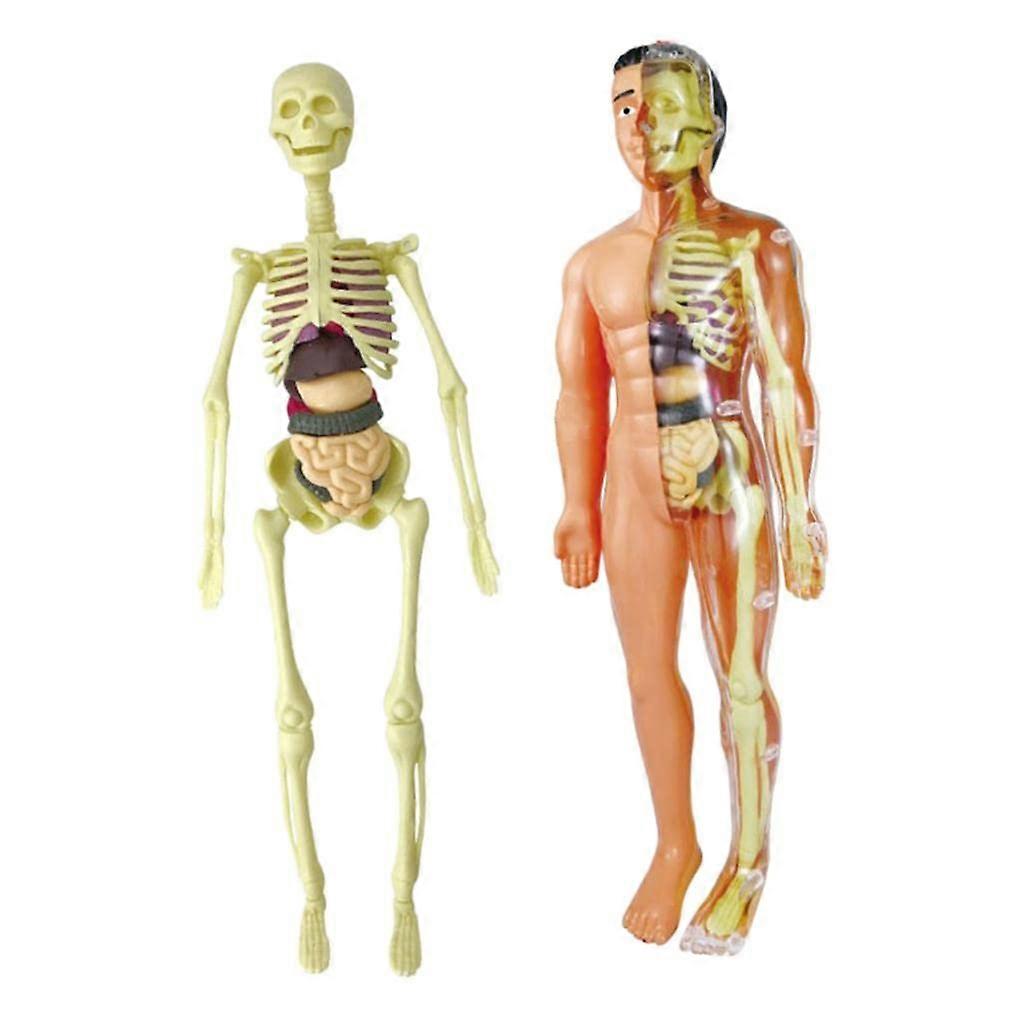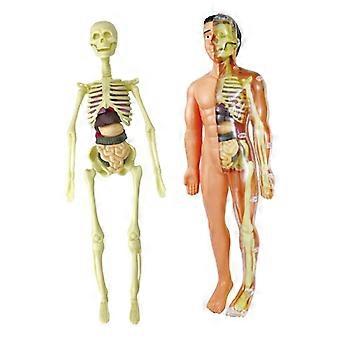描述
Realistically detailed miniature plastic models designed for parent-child interaction and hands-on science exploration.
Key benefits
Makes abstract biology tangible: Realistically detailed miniature plastic models let children see and handle organ and system components, turning complex ideas into observable, manipulable examples.
Strengthens parent-child communication: Guided, shared experiments create structured interaction that supports emotional connection while learning together.
Builds scientific skills: Small science experiments and observation tasks improve attention to detail, hypothesis thinking, and practical problem solving.
Age-graded learning: Concepts are simplified by age and theme, with activities progressing from simple to more involved to match a child’s growing ability and curiosity.
Stimulates imagination and practical ability: Assembly, manipulation, and scenario play cultivate hands-on skills and creative thinking about how systems work.
Product attributes
Function: Demonstration and exploration of organs and system interactions through manipulation and small experiments; supports guided learning and observation exercises.
Material: Miniature models made of plastic with realistic detail for visual and tactile study.
Size and portability: Miniature scale suitable for tabletop or lap use; compact for easy storage and use during short learning sessions.
Performance: Durable enough for repeated handling and stepwise experiments; designed to be manipulated to illustrate how organs and systems interact.
Compatibility: Intended for parent-child activities, home science sessions, and classroom demonstrations; adaptable to a variety of simple experiments and observation tasks.
Educational approach: Theme- and age-based simplification to scaffold learning from basic to more advanced concepts.
How this product solves common problems
Children find anatomy abstract and disengaging: Tangible models provide concrete reference points that make learning accessible and memorable.
Parents want meaningful activities that also build skills: Short, guided experiments create purposeful interaction that supports both emotional communication and scientific thinking.
Teachers need adaptable resources for different levels: Theme-based simplification lets you reuse the same models across varying age groups and lesson complexity.
Typical use scenarios
1) Weekend parent-child science session
Set up a short series of small experiments using the miniature plastic models. Parents guide observation questions, children manipulate parts to see how organs and systems connect, and both discuss results to improve emotional communication and understanding.
2) Classroom or small group demonstration
Use the models as a hands-on station during a STEM lesson. Students rotate through observation and manipulation tasks, progressing from basic identification to simple experiments that show system interaction and function.
3) Independent practice and imaginative play
Children use the models to rehearse what they learned, assemble or rearrange components, and create stories that reinforce anatomical relationships and practical skills while encouraging curiosity.
What to expect in use
Short, repeatable activities suitable for 20–40 minute sessions.
Clear visual and tactile feedback when manipulating components to show organ-system relationships.
Progressive themes and tasks that can be adjusted to a child’s familiarity and age.
No unnecessary claims or complex setup — just realistic miniature plastic models designed for repeated, guided use to deepen understanding of organs and systems, foster curiosity, and promote meaningful parent-child interaction.
-
Fruugo ID:
384824246-827661115
-
EAN:
411891548753



